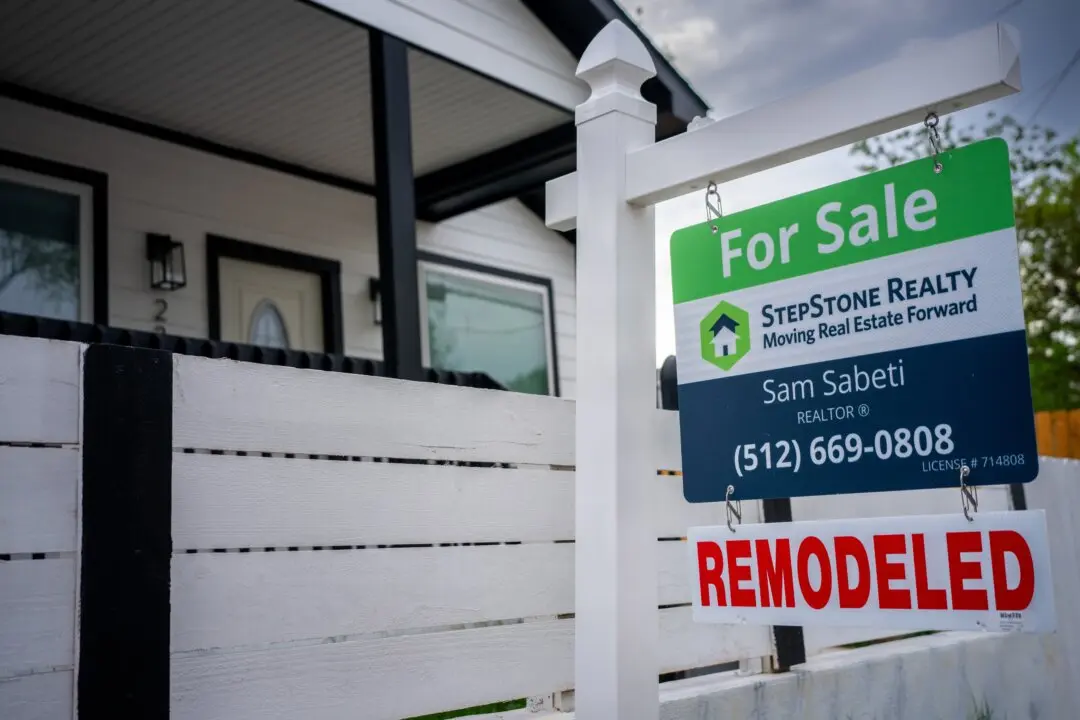The more than $32 billion promised to public transit agencies in President Joe Biden’s $1.9 trillion COVID relief bill is excessive and wasteful, according to David Ditch, budget and transportation researcher at the conservative think tank Heritage Foundation, who says the money represents an effort to perpetuate a political gravy train.
The money represents some 60 percent of all the public transit operating expenses of 2018, according to Jeff Davis, senior fellow at Eno, a transportation think tank.





